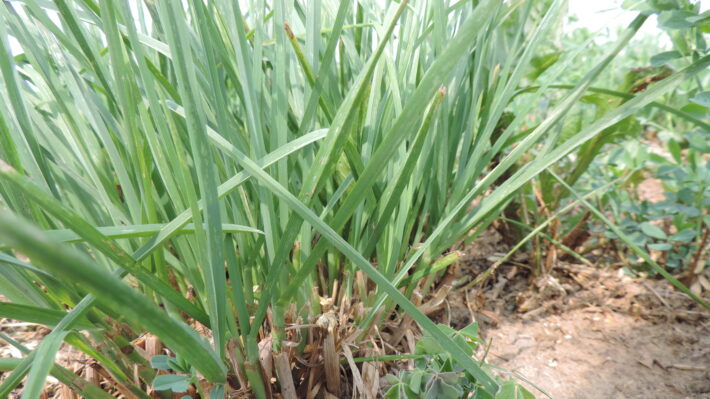This article originally appeared in the February 2019 Milk Producer magazine and was authored by Mario S. Mongeon Should pre-weaning dairy heifers receive forage as part of their daily ration to grow? Some argue in favour of feeding forage to calves, while others argue against it. Which approach is right and what is the best feeding program that [...]
Month: September 2020
Managing Jointing and Non-Jointing Grasses

Grass doesn't just happen and not all species grow the same way. Understanding how different grass species grow enables producers to make good management decisions that maximize forage production in their hay fields and pastures. Jointing and non-jointing grasses respond differently to cutting, which directly affects productivity and persistence. In an established stand, grass plants [...]
Preparing for feeding beef cattle during dry summers
Dry summers are no longer an anomaly in Ontario with total precipitation being consistently below the 30-year climate norms (see table below). A natural decline in pasture production happens due to the normal hiatus in growth as plants go from the end of the spring flowering stage to the start of the fall vegetative state. [...]
Correctly Grounding an Electric Fence-Virtual Beef August 2018
Learn how to correctly ground an electric fence in a safe way
Mitigating hypocalcemia in dairy cows: The way a cow handles the transition period will define her success following lactation
This article originally appeared in the December 2018 Milk Producer magazine and was authored by Mario S. Mongeon, a livestock specialist at the Alfred Resources Centre for the Ontario Ministry of Agriculture, Food, and Rural Affairs. The most critical period of the year for a dairy cow is during transition from late gestation to early [...]
Understanding the Benefits of Creep Feeding-Virtual Beef September 2019
Learn about the benefits of creep feeding in calf-cow production systems.
Feeding High-Grain Rations to Feedlot Cattle-Virtual Beef June 2020
Learn how to reduce the risk of digestive upsets while feeding high-grain rations to feedlot cattle.
Managing Free Fatty Acids in Milk for Maximum Milk Quality
Milk quality is a key consideration for all dairy farmers and often quality is thought about on the farm in terms production related measures like somatic cell count (SCC). Importantly, though, milk quality is also evaluated in terms of flavour, odour, and even physical characteristics like how well milk foams when making lattes. The concentration of free fatty acids (FFA) in milk is a topic dairy researchers have been examining because of its associations with some of these quality considerations. Work in this field has been done in Canada and other countries.
